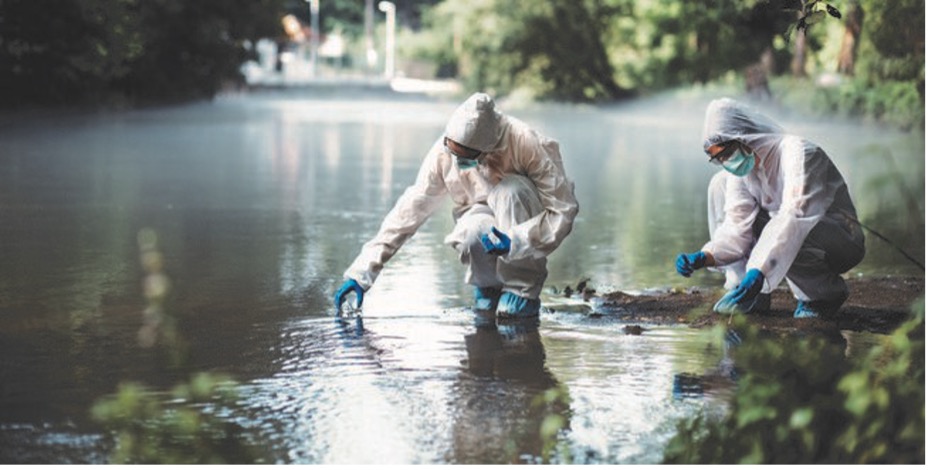
The guidelines provided in this white paper can serve as a reference for your PFAS testing, regardless of matrices and analytical scope
In this white paper you will learn:
- Protocol to achieve and surpass EPA HALs in a typical routine lab without special equipment or a clean room
- How to minimize the contamination of PFAS in the lab and reduce cross-contamination
- Helpful tips and tricks to assist a step-wise approach in the effective controlling of PFAS contamination in your typical shared-space laboratory
PFAS is everywhere, whether it is a dedicated PFAS laboratory space or a shared location. This guidance on controlling contamination in the laboratory is helpful for all PFAS analysts to be successful.
Get your "Best practices for monitoring PFAS contamination in a routine shared-space commercial laboratory" white paper today and learn how to identify and manage potential PFAS contamination in consumables, reagents and solvents necessary for the preparation of PFAS analysis.





